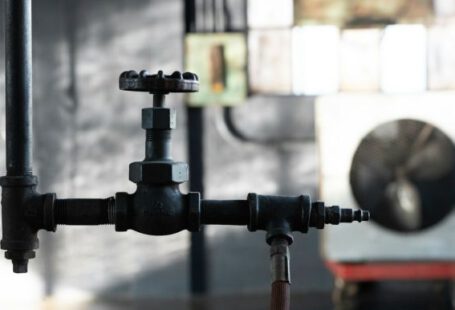When it comes to protecting your basement from flooding, a sump pump is an essential tool. But with so many options available, how do you choose the right sump pump for your needs? In this article, we will discuss the key factors to consider when selecting a sump pump.
Understanding Your Needs
Before diving into the options, it’s important to understand your specific needs. Ask yourself questions like: How often does your basement flood? How much water do you need the sump pump to handle? Knowing the answers to these questions will help you determine the necessary capacity and power of the pump.
Types of Sump Pumps
There are two main types of sump pumps: pedestal and submersible.
1. Pedestal Sump Pumps
Pedestal sump pumps have a motor that sits on top of a pedestal, keeping it out of the water. These pumps are easier to service and tend to last longer than submersible pumps. However, they can be noisier and more expensive.
2. Submersible Sump Pumps
Submersible sump pumps are designed to be fully immersed in water. They are typically more compact and quieter compared to pedestal pumps. These pumps are also less expensive, making them a popular choice among homeowners. However, they may not last as long as pedestal pumps.
Choosing the Right Capacity
The capacity of a sump pump refers to the amount of water it can handle in a given time period. It is measured in gallons per minute (GPM) or gallons per hour (GPH). To determine the right capacity for your sump pump, consider factors such as the size of your basement and the average amount of water that needs to be pumped out during heavy rainstorms.
Backup Systems
Power outages can occur during severe storms, rendering your sump pump useless if it relies solely on electricity. To ensure continuous protection, consider investing in a backup system. Backup options include battery-powered sump pumps and water-powered sump pumps. Battery-powered pumps are more common and can provide temporary power during an outage. Water-powered pumps, on the other hand, use water pressure to generate power and are generally more reliable.
Features to Look For
When choosing a sump pump, there are several features you should look for:
1. Float Switch: A float switch is responsible for activating the pump when the water level rises. Look for a pump with an adjustable float switch to ensure proper functioning.
2. Check Valve: A check valve prevents water from flowing back into the sump pit once it has been pumped out. This helps to prevent unnecessary cycling of the pump.
3. Alarm System: Some sump pumps come with an alarm system that alerts you when the water level reaches a certain point. This can be particularly useful if you’re not always in the basement.
Maintenance and Warranty
Like any other mechanical device, sump pumps require regular maintenance to ensure optimal performance. Look for pumps with removable screens or grates for easy cleaning. Additionally, check the warranty provided by the manufacturer. A longer warranty period typically indicates higher quality and reliability.
In conclusion, choosing the right sump pump involves understanding your needs, considering the types of pumps available, determining the necessary capacity, evaluating backup options, and looking for important features. By carefully considering these factors, you can select a sump pump that will effectively protect your basement from flooding and give you peace of mind.



